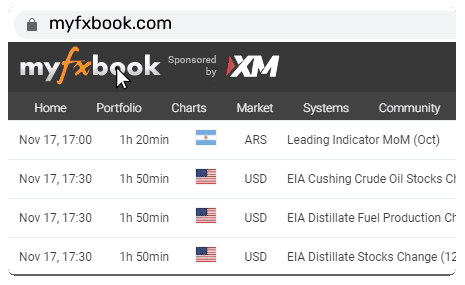BOJ Further Increases YCC Flexibility but Fails to Support the Yen

The yen experienced a fresh depreciation overnight following the Bank of Japan's recent policy update. This led to a resurgence in the USD/JPY exchange rate, pushing it back above the 150.00 threshold. Interestingly, this depreciation occurred despite the Bank of Japan's efforts to enhance the flexibility of their yield curve control (YCC) measures.
Under the revised framework, the Bank of Japan will no longer rigidly cap the 10-year Japanese Government Bond (JGB) yields at 1.0% through fixed-rate purchase operations. The 1.0% rate for the 10-year JGB yield is now considered merely a "reference," and the Bank of Japan intends to conduct market operations both below and above this threshold. This change implies that the Bank of Japan is willing to allow the 10-year JGB yield to exceed 1.0%. As a result of this new flexibility, the 10-year JGB yield has approached the revised 1.0% "reference" level, reaching a fresh high of 0.96%.
Surprisingly, the initial reaction of the yen to this policy adjustment indicates that market expectations for a more substantial shift were not met. Some market participants had speculated ahead of the meeting that the Bank of Japan might significantly raise the cap for the 10-year JGB yield, potentially up to 1.50%. Nevertheless, the Bank of Japan remains committed to controlling yields primarily through large-scale JGB purchases.
The Bank of Japan's decision to enhance the flexibility of YCC was driven by the recognition of significant uncertainties in both domestic and international economies and financial markets. They deemed it appropriate to increase flexibility but refrained from eliminating YCC to ensure that long-term rates would continue to form smoothly in financial markets. Concerns over potential adverse side effects from strictly capping long-term rates through fixed-rate purchase operations for consecutive days also played a role in their decision.
The Bank of Japan's updated guidance did not signal a strong move towards normalizing policy by raising interest rates. Governor Ueda emphasized the continuation of YCC and negative interest rates until the price goal is within reach, without specifying which policy would end first. The key factor in deciding whether to normalize policy remains upcoming wage negotiations. The Bank of Japan is closely watching next spring's wage negotiations to gauge how higher wages impact prices.
Although the Bank of Japan's Board members revised their inflation forecasts upwards for the current and next fiscal year, aiming for 2.8%, the projection for fiscal year 2025 remained below the target at 1.7%. This justifies the maintenance of loose policy.
In summary, the Bank of Japan's updated communication did not significantly change market expectations for an interest rate hike. The first Bank of Japan rate hike is currently priced for early next year. The only hint of a slight move towards policy normalization came from Governor Ueda, who noted that the "certainty of achieving the price target is rising slightly."
Like the previous YCC policy adjustment in July, today's policy update is unlikely to reverse the trend of yen depreciation on its own. It may put more pressure on Japanese policymakers to intervene if they wish to prevent further yen depreciation by year-end. The initial reaction of the yen might be somewhat disappointing for the Bank of Japan, as they considered the impact on foreign exchange rates in their policy decision, like their considerations in July. The Bank of Japan was concerned that maintaining the strict 1.0% YCC cap could exacerbate yen depreciation if they were forced to defend it through larger JGB purchases.
This content may have been written by a third party. ACY makes no representation or warranty and assumes no liability as to the accuracy or completeness of the information provided, nor any loss arising from any investment based on a recommendation, forecast or other information supplied by any third-party. This content is information only, and does not constitute financial, investment or other advice on which you can rely.



















